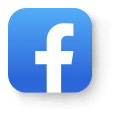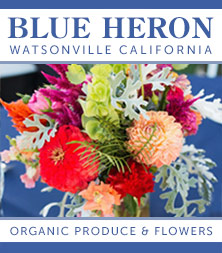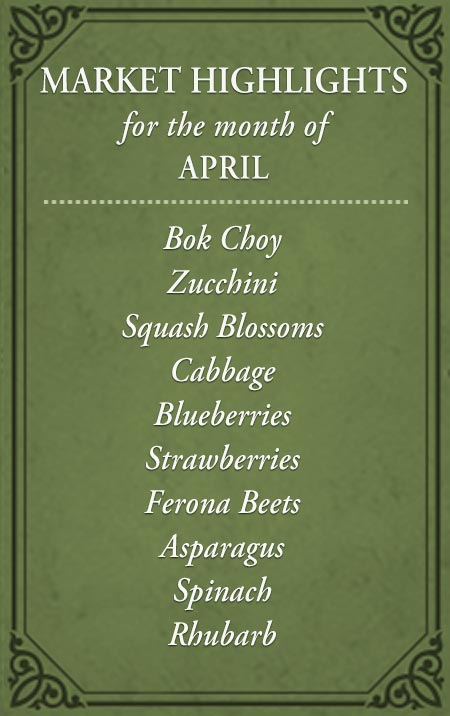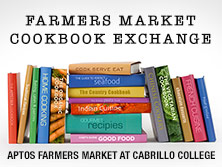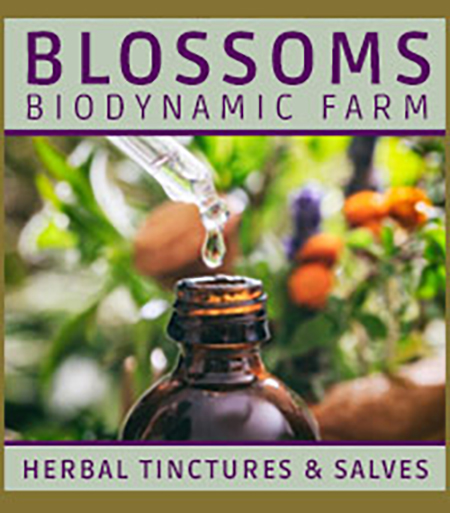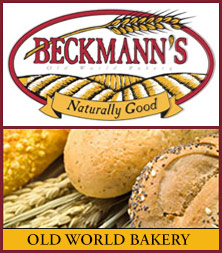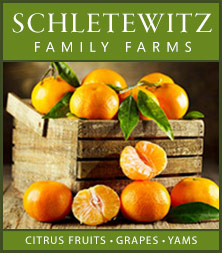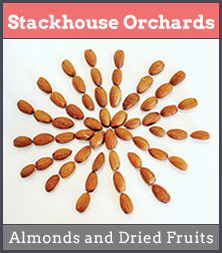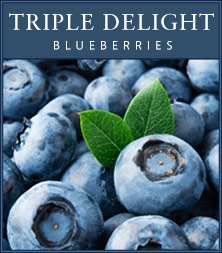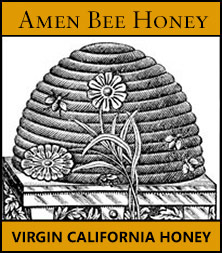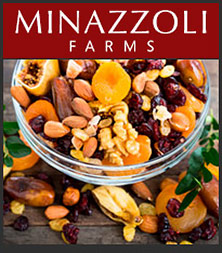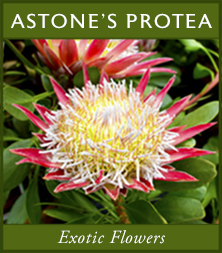Throughout history, cabbage has been far more than a kitchen staple — it has played surprising roles across cultures. From ancient Egyptian Pharaohs to famed explorer Captain Cook, its uses have ranged from hangover remedies to wound dressings. And while the whimsical myth of babies sprouting from cabbage patches endures, this cruciferous vegetable remains a global favorite, especially when paired with corned beef. No summer barbecue feels complete without coleslaw, a true American classic.
Beloved by both gardeners and farmers, cabbage holds the distinction of yielding more produce per acre than any other vegetable. It has even made history—England produced the largest recorded cabbage head in 1865, weighing an astonishing 123 pounds. In a quirkier anecdote, baseball legend Babe Ruth was said to tuck a cabbage leaf under his cap for good luck, swapping it out mid-game.
Once considered the “poor man’s food,” cabbage is now celebrated for its impressive health benefits. Packed with vitamins K, A, and C, as well as iron, potassium, beta-carotene, and the allergy-fighting antioxidant quercetin, it’s a true nutritional powerhouse. It’s also rich in glutamine, an amino acid that aids digestion, and is wonderfully waistline-friendly—just 22 calories per cup of chopped cabbage.
Whether in slaws, soups, or stir-fries, cabbage continues to prove that it’s anything but ordinary.
Varieties of Cabbage Grown in California
California is a major producer of cabbage, with several varieties grown across the state, each offering unique flavors and textures.
-
Green Cabbage: The most common variety, with round, compact heads and smooth, tightly packed leaves. Its mild flavor makes it versatile for coleslaw, stir-fries, soups, and sauerkraut.
-
Red Cabbage: Similar to green cabbage but with vibrant purple-red leaves and a slightly peppery flavor. Adds color and crunch to salads, coleslaw, sauerkraut, and braised dishes.
-
Savoy Cabbage: Recognizable by its dark green, crinkled leaves. Sweeter and milder than other varieties, it’s popular in European dishes such as cabbage rolls, soups, and stir-fries.
-
Napa Cabbage: Also known as Chinese cabbage, it has long, oblong leaves and a tight head. With its mild, slightly sweet flavor and crunchy texture, it’s a staple in Asian cuisine for stir-fries, kimchi, and salads.
-
Conehead Cabbage: Also called January King cabbage, this winter variety has green leaves tinged with purple and a distinctive pointed shape. Its slightly peppery flavor shines in soups, stews, and braised dishes.
-
Pointed Cabbage: Also known as sweetheart cabbage, it forms a tapered head with tender, sweet leaves. Excellent raw in salads, stir-fried, or lightly steamed.
Selecting and Storing Cabbage
When shopping, choose heads that feel firm and heavy for their size, with vibrant colors that match their variety—bright red for red cabbage and glossy green for green cabbage. Avoid cabbages with yellowing or spotted leaves, which indicate age.
Store cabbage in a plastic bag in your refrigerator’s crisper drawer, where it will stay fresh for 5 to 9 days.
Seasonality in California
Cabbage is available year-round in California, with peak season from January through June. You’ll find it at our farmers markets at Borba Farms, Spade & Plow Organics, and Pinnacle (Phil Foster Ranch).
RECIPES: Our Favorite Cabbage Recipes




